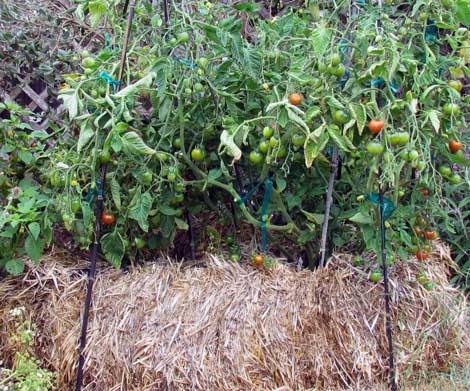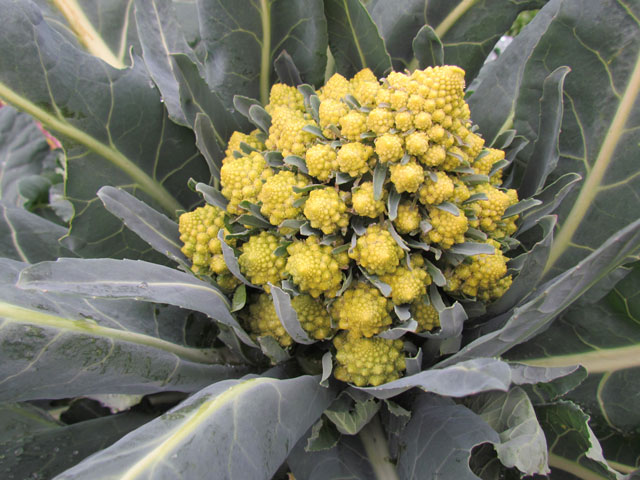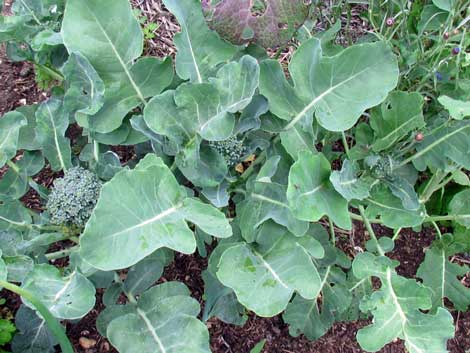I want to grow veggies, but my soil is so sandy
Raised Beds
Bad soil does not grow good veggies. If you are planning to grow vegetables, creating raised beds allows you to control the growing medium and get to the good stuff (growing yummy things) faster. A raised bed will be warmer than growing directly in the soil. This adds HEAT for crops that may not like the cooler summer temperatures found on the coast.
A 4′ x 8′ bed is a good size – you should be able to reach in to the middle from either side. Depth should be greater than 12 inches or more. Cedar and redwood make long lasting wooden boxes. Recycling wood materials is another way to build beds. Just keep clear of railroad ties (creosote) or old painted boards (lead) to keep contamination out of your food supply! If you can get your hands on broken concrete, speed block, brick, roofing tile, rock, etc you can build free form beds to suit your taste. Or you can spare your back and try…
Straw Bale Gardens
Don’t laugh – it works. In fact straw bale gardening will save you so much time, labor and money, you will wonder why you did not do this years ago. There are many links online to sites that describe exactly how to create verdant rotting straw islands of goodness in your garden. Just do a search for “straw bale gardening.” When the season is over, you will have ready-to-use compost from the now reduced straw bale too.

Because the straw bale IS the soil, you don’t need to build a wooden or concrete bed, import or amend soil, or constantly water sandy soil. After the straw bale(s) has been properly conditioned (rotted) compost is added on top and plants are grown directly into the bale(s). Crops that like the straw bale treatment include tomatoes, squash, pumpkins, cucumbers, and other summer veggies that could use a little more water and heat. For tomatoes, fish heads added down in the bottom of the hole with compost when planting have yielded good results.
What grows in the fog?
Do your research. Beefsteak tomatoes grow great in a greenhouse and specific little microclimates (lucky!) on the coast, but struggle in the cool July summers. Generally all the winter greens will do great. Beets, carrots, leeks, celery, parsley, bok choy, tatsoi, kale, cilantro, rutabaga, parsnip and mustard can grow almost year round. Seasonal plants that I have grown successfully within a mile of the coast include cabbage, peas, sunflowers, potatoes, Brussell sprouts, lettuces, Japanese pumpkin, scarlet runner beans, green onions and select varieties of tomatoes. So pick the plant winners for the coast! Unless you are in a very warm micro-climate, most of the warm season vegetables such as peppers, eggplants, melons, cucumbers, large heirloom tomatoes, etc. will be struggling in the chill summer.

This is a must-have book for targeting plants that will grow on the cool foggy coast:
Golden Gate Gardening; The Complete Guide to Year-Round Food Gardening in the San Francisco Bay Area and Coastal California by Pam Pierce
Indie Bound Book Link
